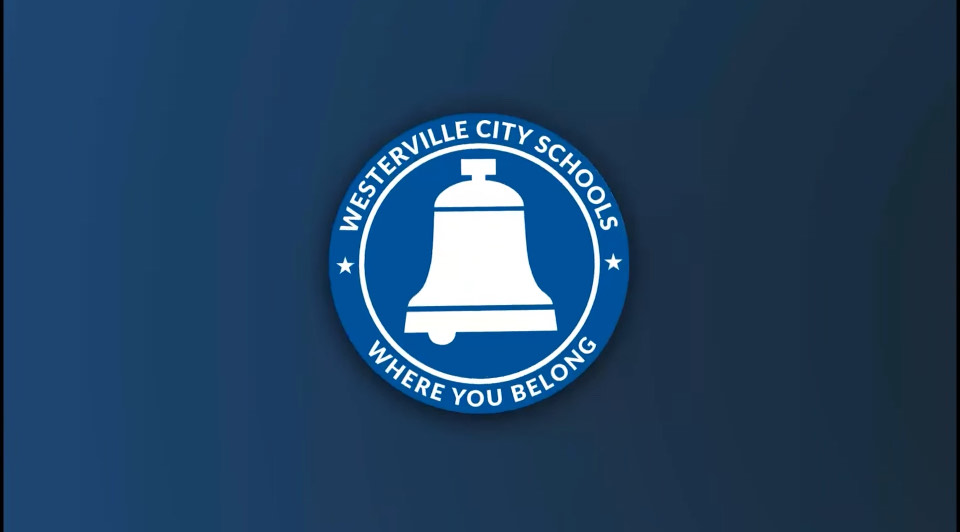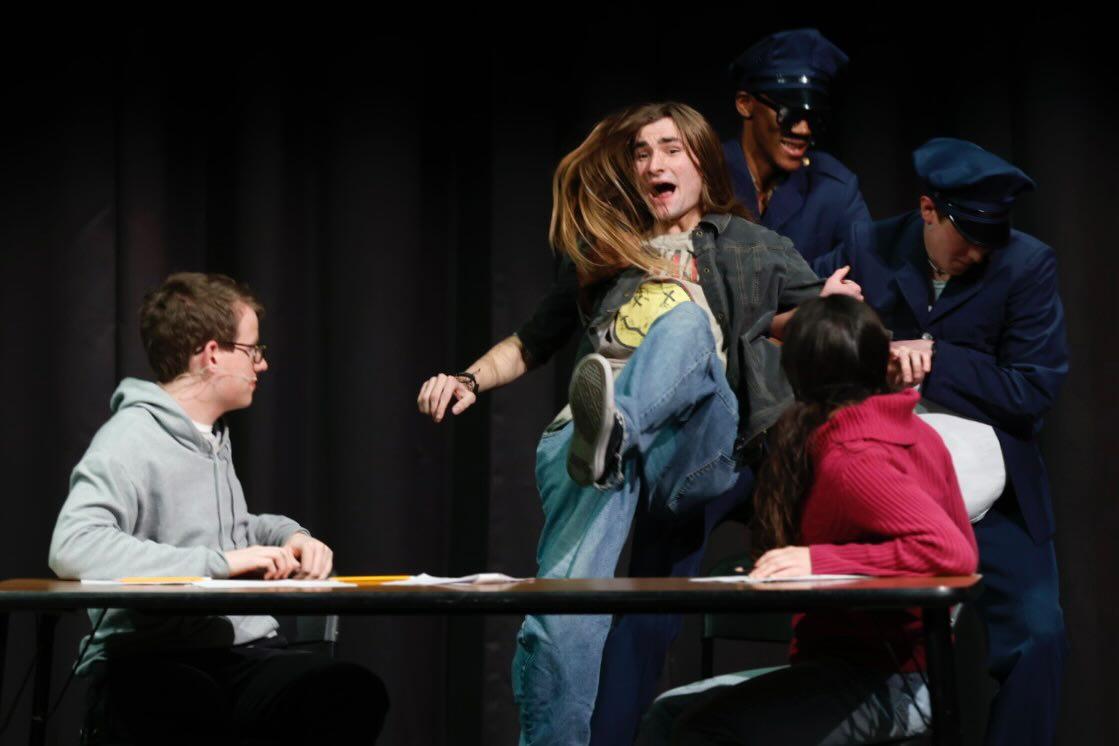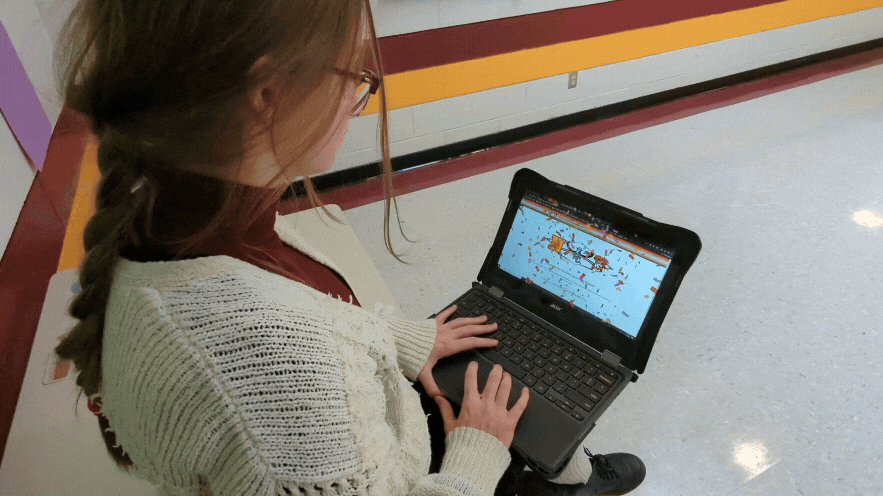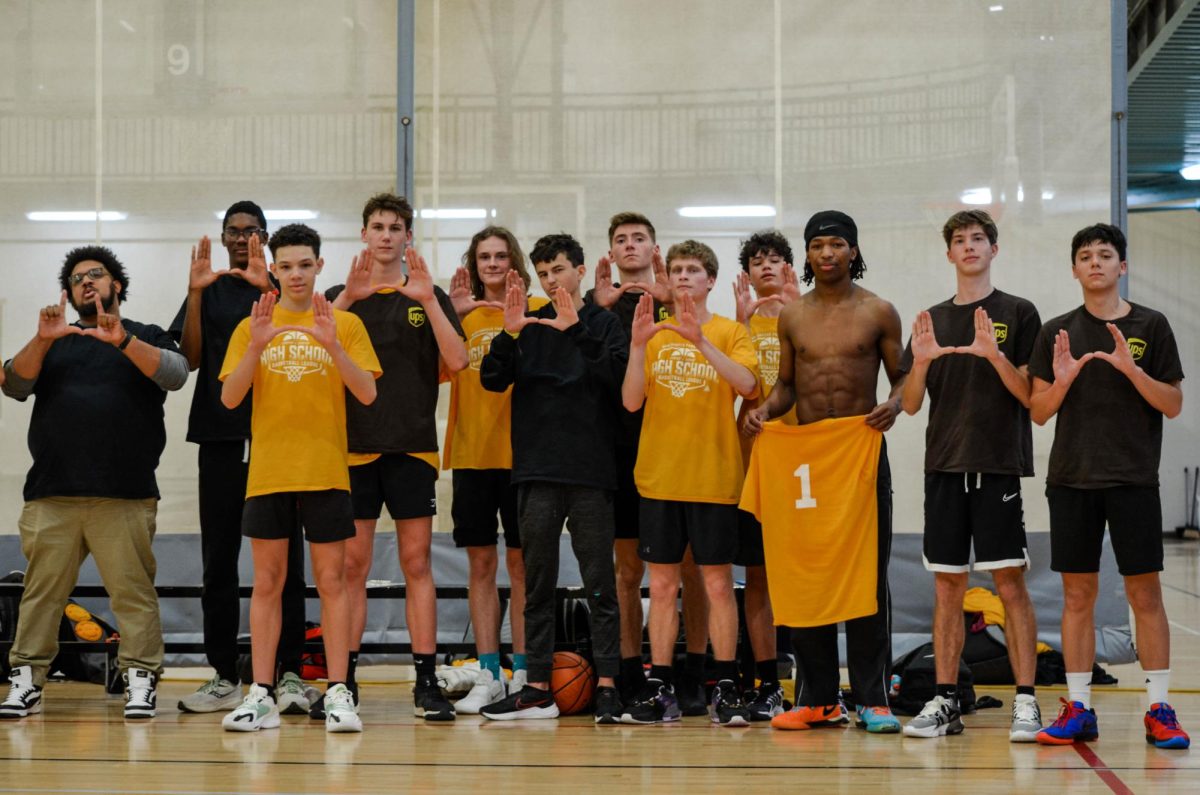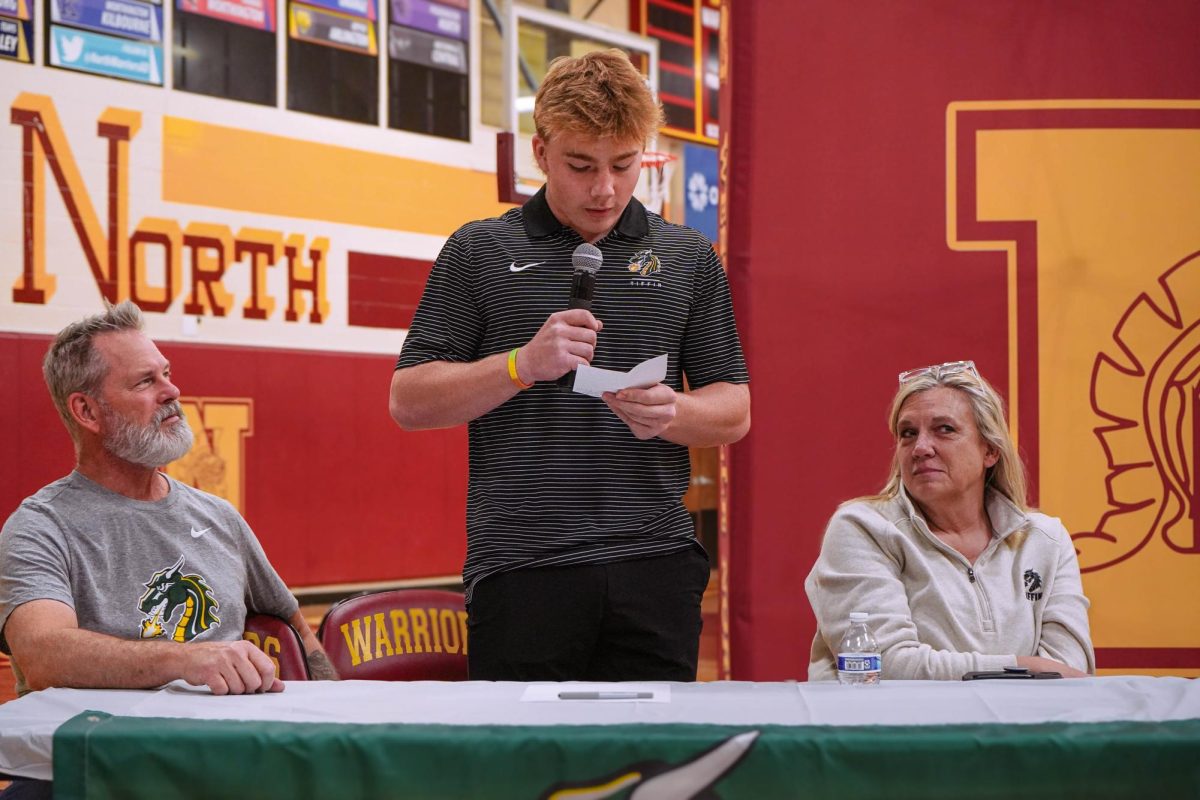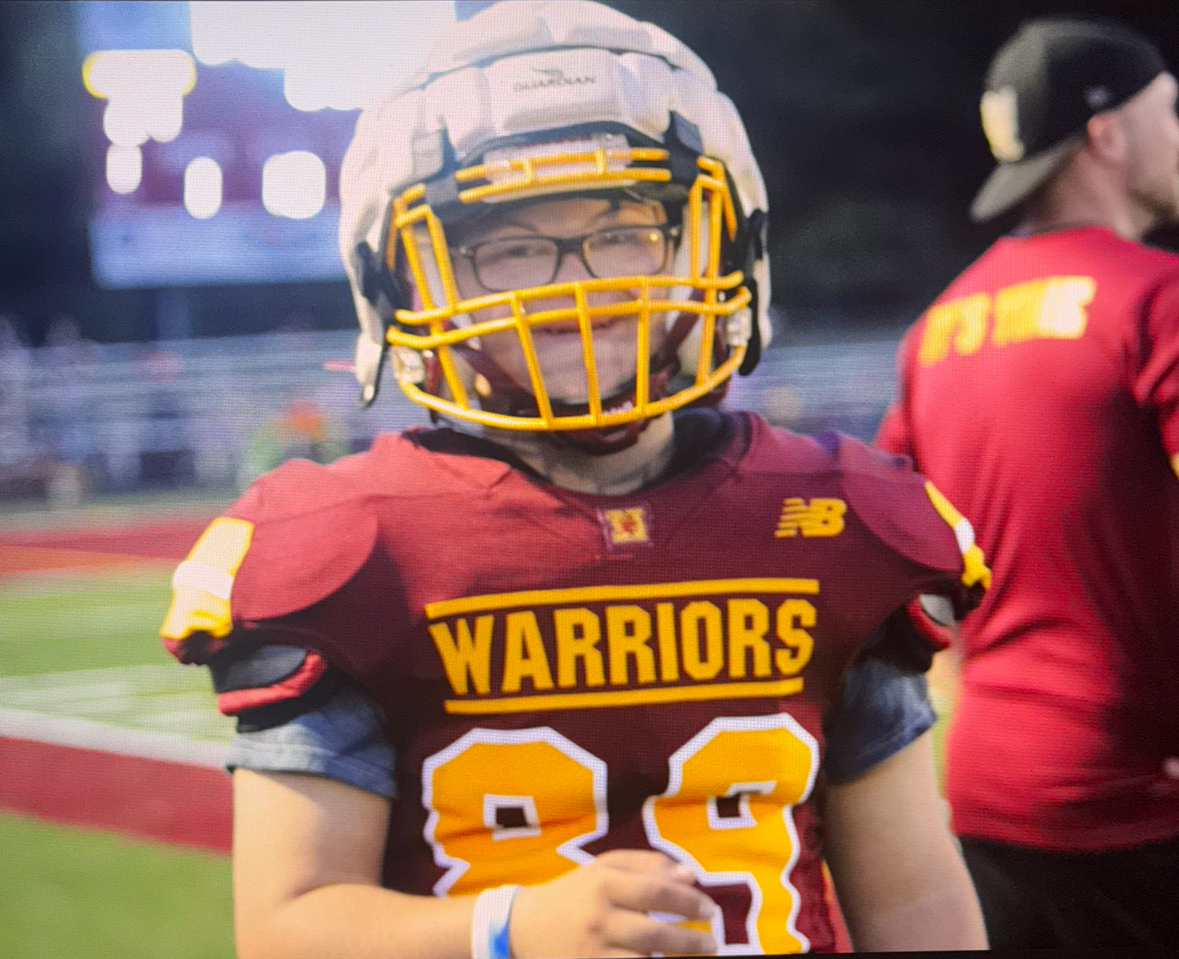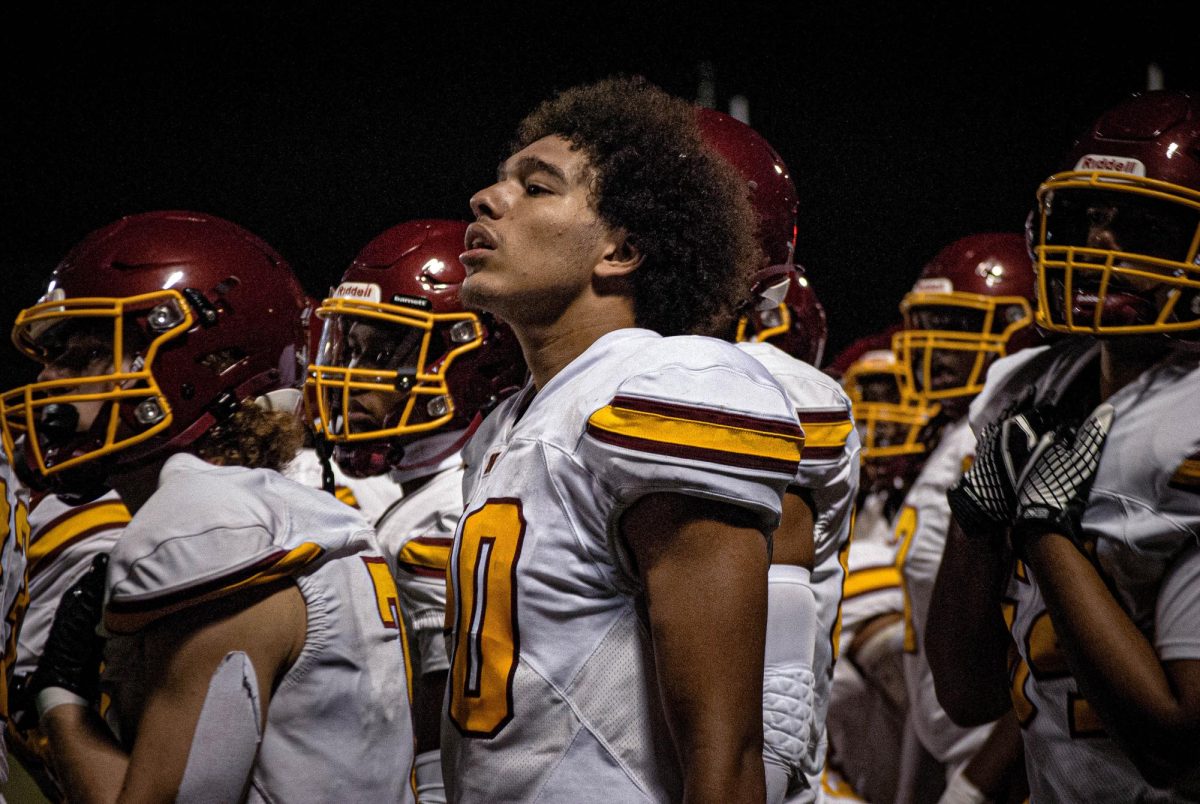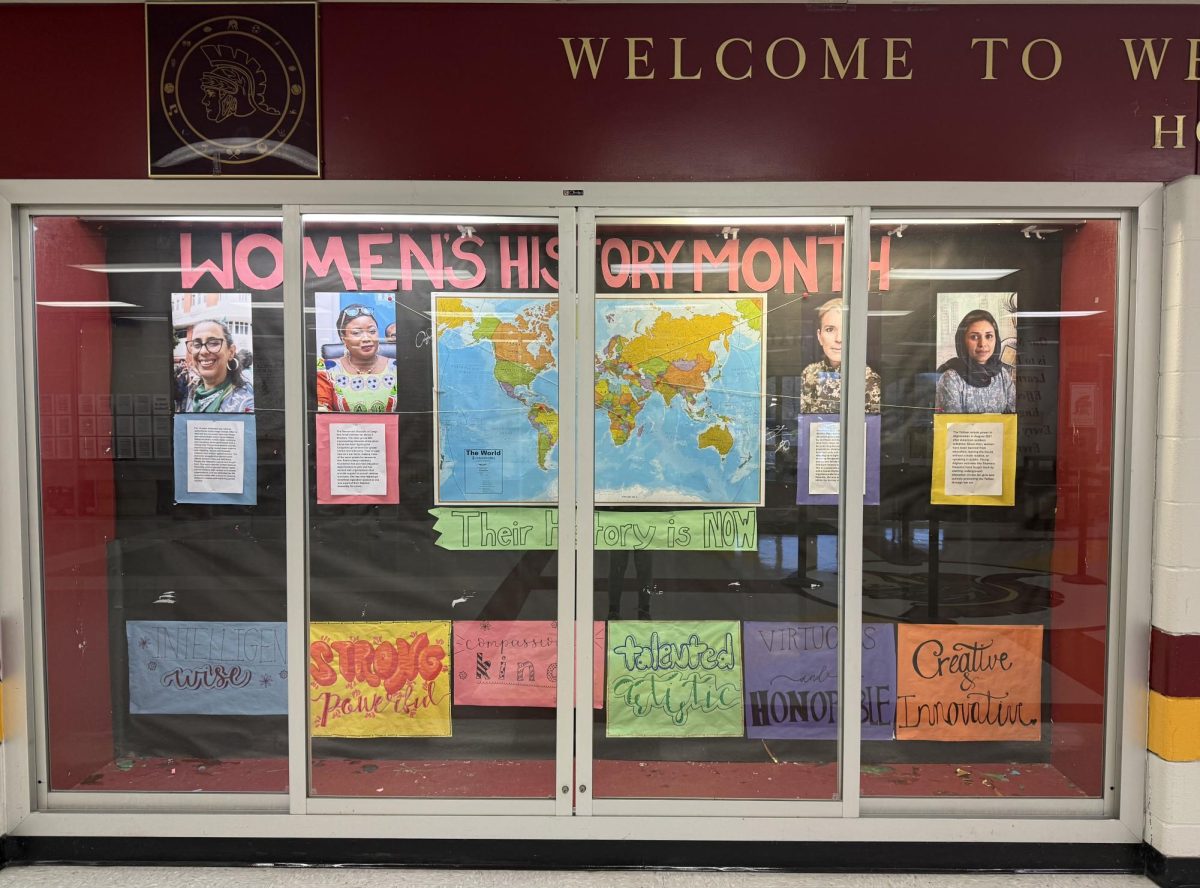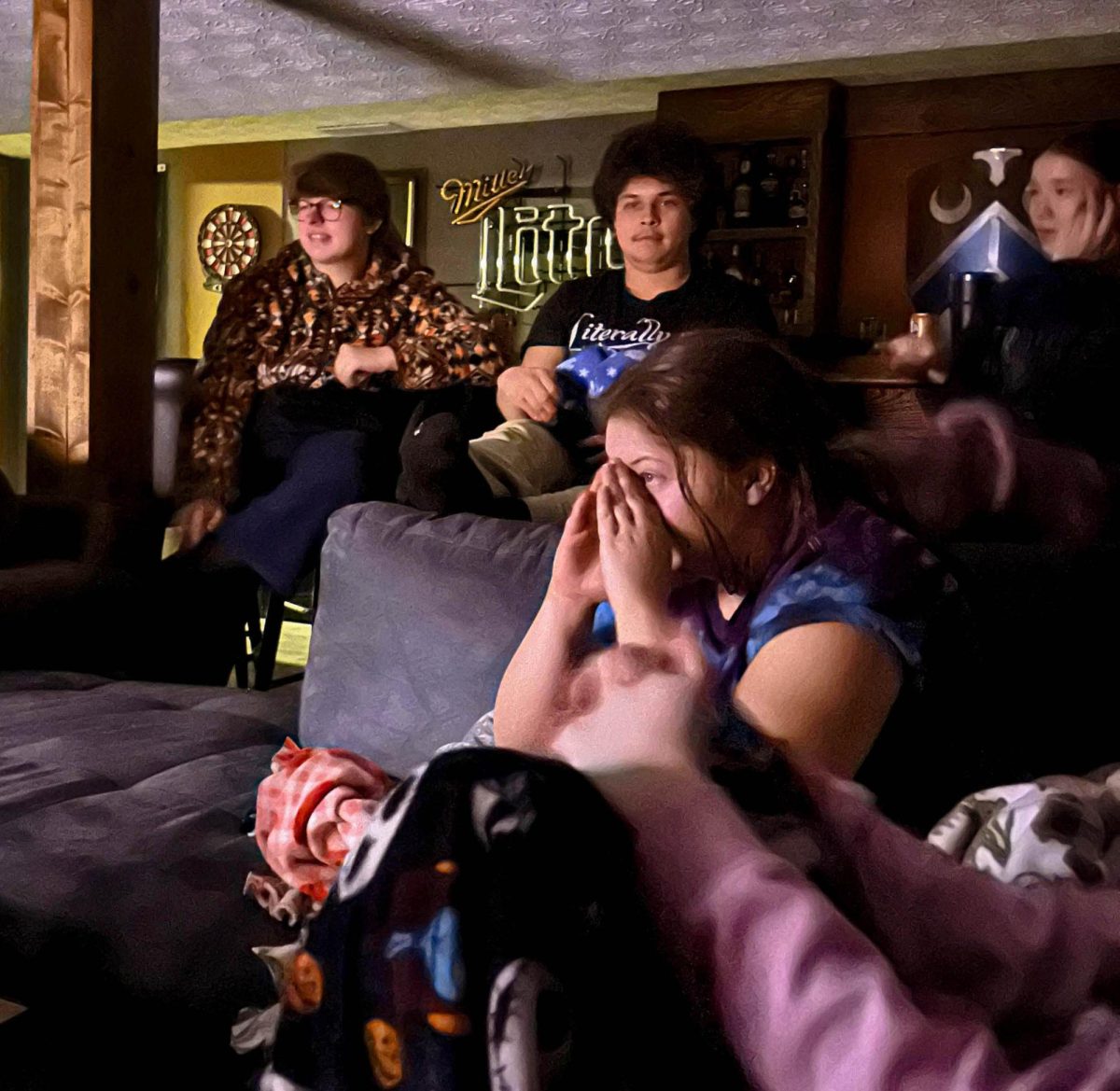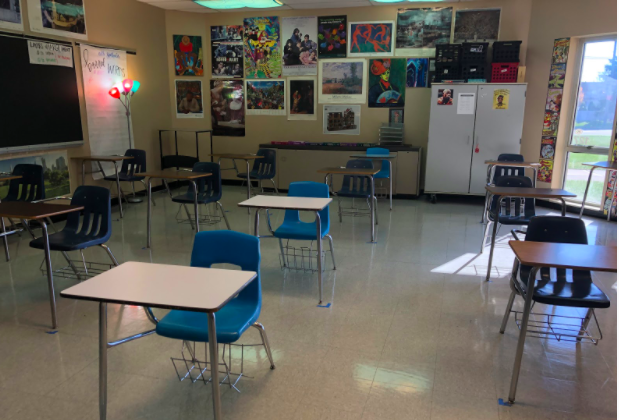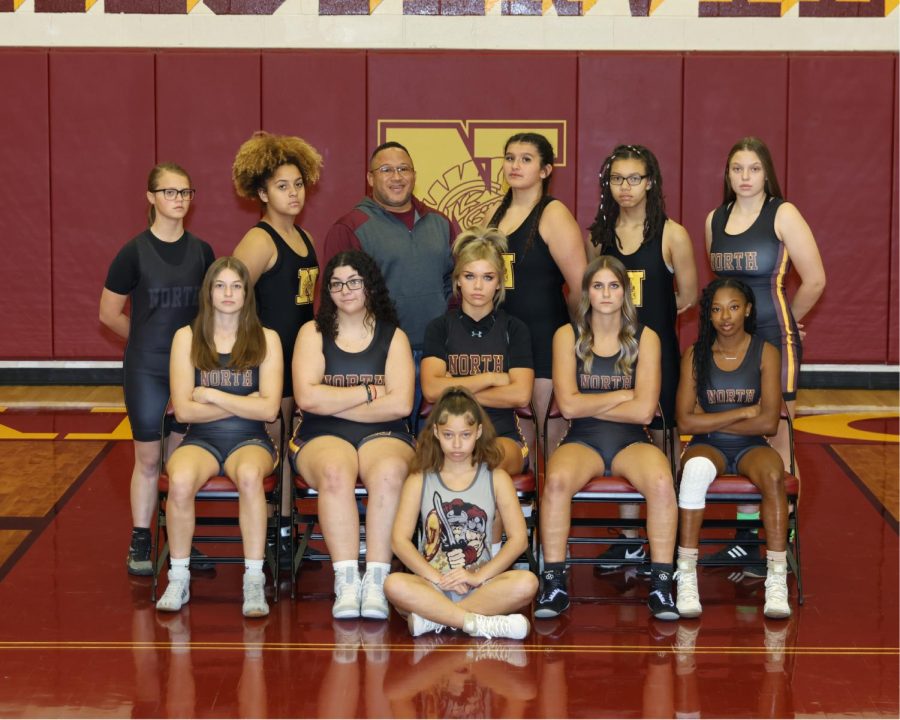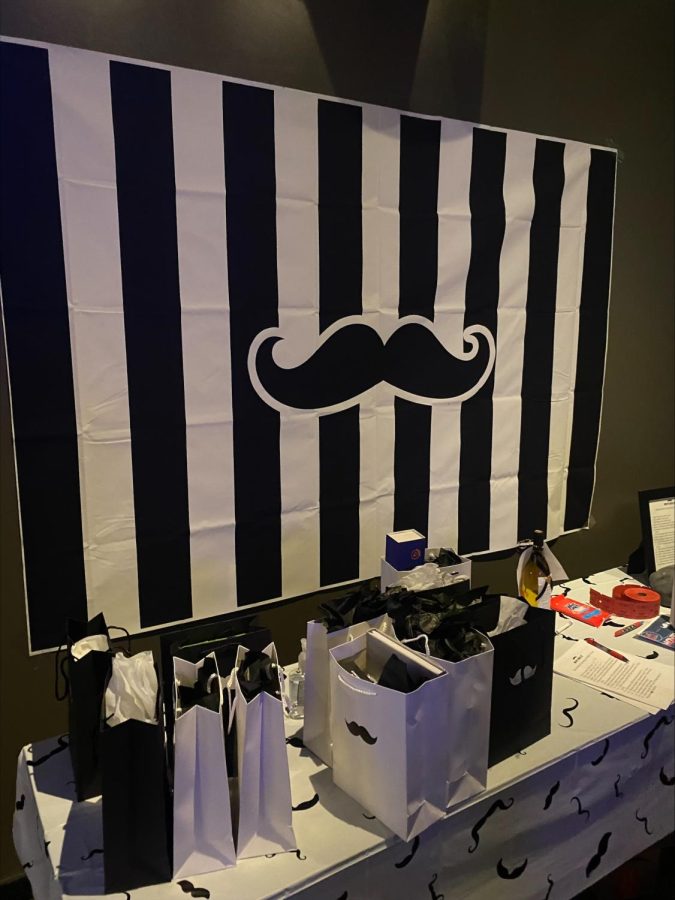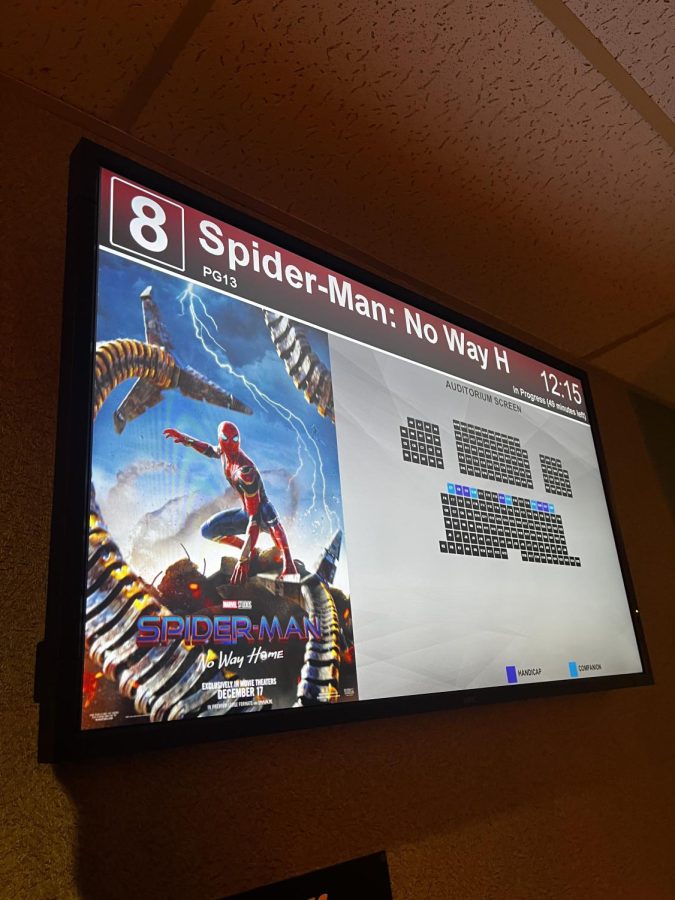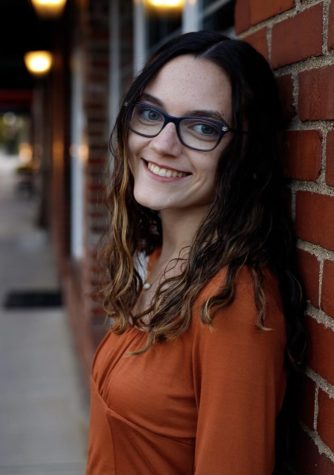This school year has not only been an adjustment for students. With new developments and changes every day, teachers need to adapt to keep up, which has proved to be a tall order.
For many teachers at Westerville North, the teaching methods they have used in the past have undergone drastic changes, a challenging but necessary task with this unique school year.
Cat Stathulis teaches AP Lang, Cultural Studies and African American Literature, and has taught at Westerville North for six years. She acknowledged a few difficulties she has discovered with teaching in the world of COVID-19.
“What I like is more group activity, group discussion, and partner activity. It threw me for such a loop because what I had relied on for so long when teaching was I would put information out and then let students work through it, and I couldn’t do that online,” Stathulis said.
Students may have only seen challenges from their perspective, but as Stathulis explains, the mix of in-person and remote learning has created a whole new world for teachers as well.
Phil Pelzer has been teaching Algebra 1 and Geometry at Westerville North for three years.
“Difficulties [with having two cohorts] include getting everyone on the same page while they are both in school and working during their remote week,” Pelzer said.
Jeff Bracken, who teaches AP Chemistry and has taught at Westerville North for 25 years, agrees that there are a lot of new difficulties teachers have had to overcome this year.
“The stuff that we create for our distance weeks, you don’t have that much time, so the pressure is on,” Bracken said.
Bracken later described how other aspects of his class have changed, saying how instead of having lab days, his students now watch lab videos. However, he says there’s an issue with this.
“In terms of the videos, a lot of the students have been very honest and will tell me [they are] not that motivated when [they’re] not in the building,” Bracken said.
Pelzer’s classes are unique since they’ve always had online lessons. This has made for an easier transition, but he says some have still had a difficult time working from home.
“I think students are struggling with the at-home aspect and the motivation to keep up with their studies. They tell me they don’t like watching videos, but they like watching Tik Toks. [The math videos] are not as good as the Tik Toks? I don’t get it,” Pelzer said.
Motivating students on remote weeks is just one of many issues on a long list. For example, with the cohorts, teachers have also been dealing with two schedules. Many teachers have created their own plans according to what they think will work best for their class.
Pelzer explained his system, saying he posts the same lessons for each cohort, which can be done in school or at home. The only difference is if students ask for help in person or digitally.
For Bracken, assignments differ from week to week depending on who is in the building.
“The stuff that I’m teaching in the classroom is much more abstract, much harder to teach. The material that I put out there for the remote cohort is easier material in my opinion,” Bracken said.
Stathulis has yet another method for her lesson plan, saying she has a ten-day rotation. When students are in-person, they do more group activities and discussions, while remote students work on assignments that are more individual. Then the next week, they switch.
A lot of thought went into the every-other-week plan, but many dislike this solution.
“As the district proposed several different models this summer, the one that I kind of liked better was the Monday/Tuesday would be cohort A, Wednesday was going to be a kind of deep cleaning day of all remote, and then the other cohort would come in Thursday/Friday. I like that idea because there isn’t that week away,” Bracken said.
“I really do not like the week on, week off. Mondays are so hard. “Tuesday we loosen up. Wednesday, Thursday, Friday are these fantastic days where it feels like real school again. But then, like tomorrow is Friday, and I have to say goodbye to cohort B, and now with Thanksgiving, it’s like “see you November 30,” Stathulis said.
Pelzer agrees that a week away from school is not ideal, saying he would prefer each cohort come to school two days a week, since many students treat the remote week as a vacation.
Bracken noted another difficulty due to the every-other-week plan: student interaction.
“If I were just interested in developing chemistry teaching content, that would be one thing, but the nectar of life is creating something and sharing it with your students, and you get to know the students, and the students know you and so forth. “That’s what’s missing this year,” Bracken said.
This year has brought many challenges, but teachers have found some positive aspects as well.
Bracken described how teachers dream of smaller class sizes, saying it’s a little easier to connect with students, like those in big classes who may never have been called on otherwise.
Stathulis views this year as an opportunity to improve upon her class, saying she’s learned how to concentrate on teaching the skills and materials that matter most.
Some teachers even think this year’s changes may leave long-lasting effects in their classes.
“There are definitely things that I will continue to do, and I think will improve my course when we get back to the normal way of doing things,” Bracken said.
“Educational technology has just blown up. “I have discovered a few things that are really good and that I like, and I think I’ll carry those forward,” Stathulis said.
“I’m proud of what we’ve done. The new things that we’ve done I’m convinced are going to be shared and other schools around the country will do what we’re doing, but that’s a given. We’re doing some pretty creative things,” Bracken said.
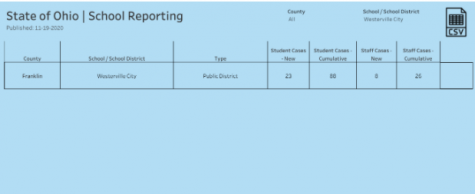
Data courtesy of Ohio Department of Health


